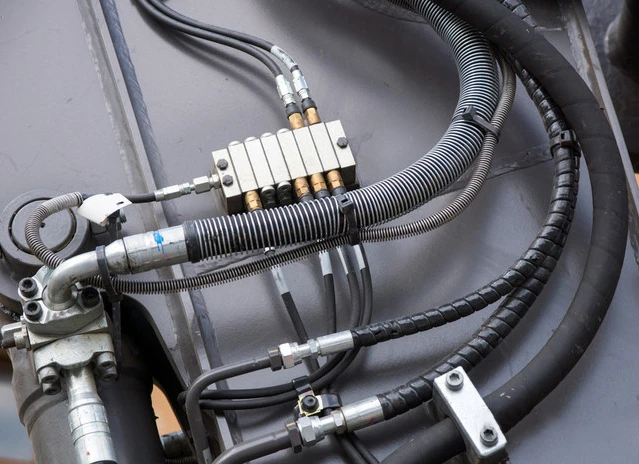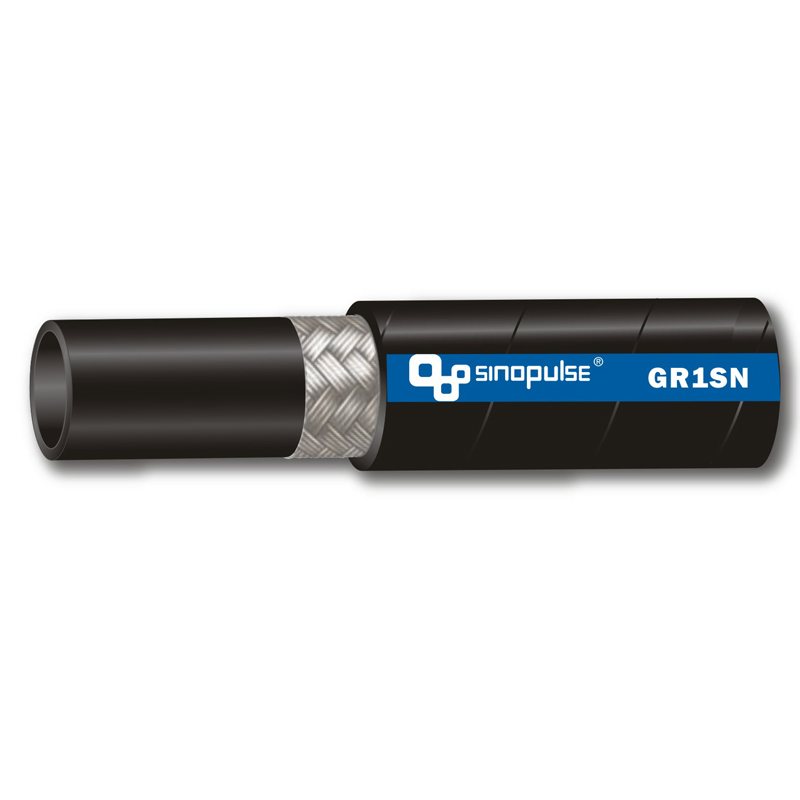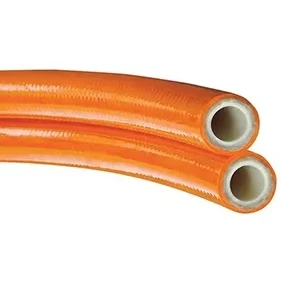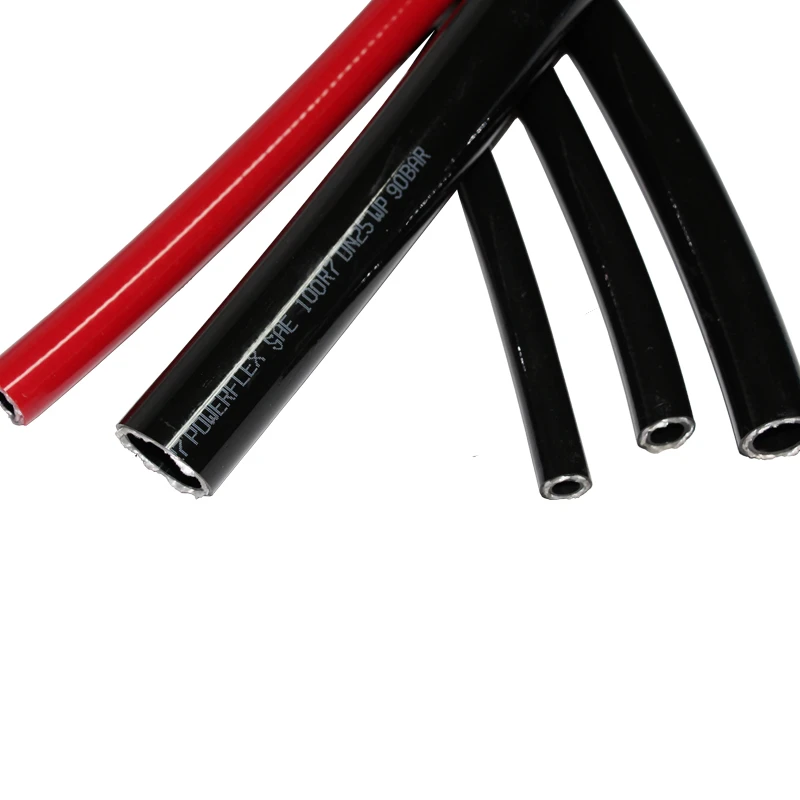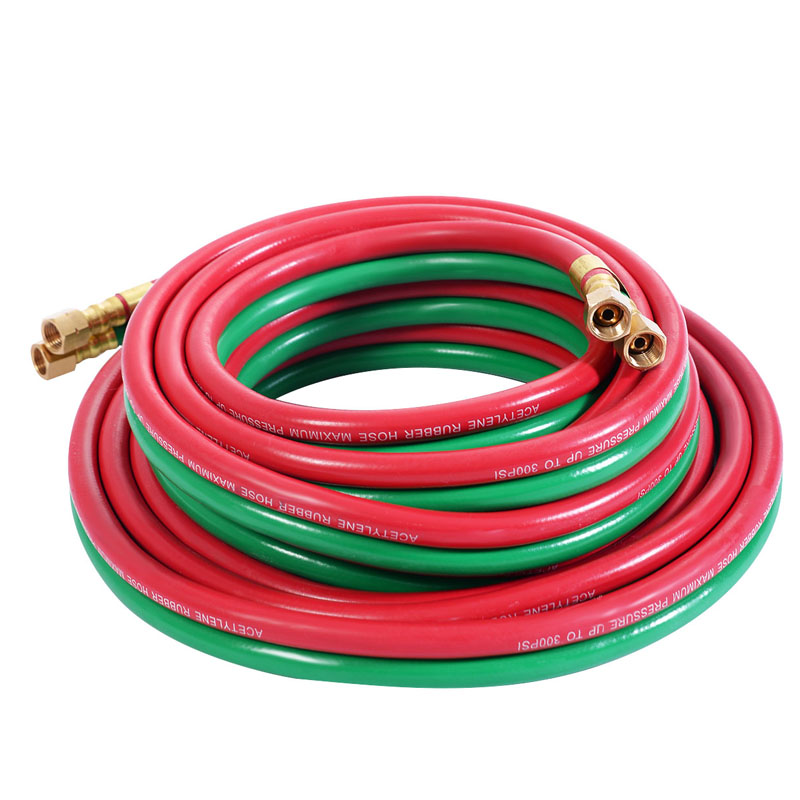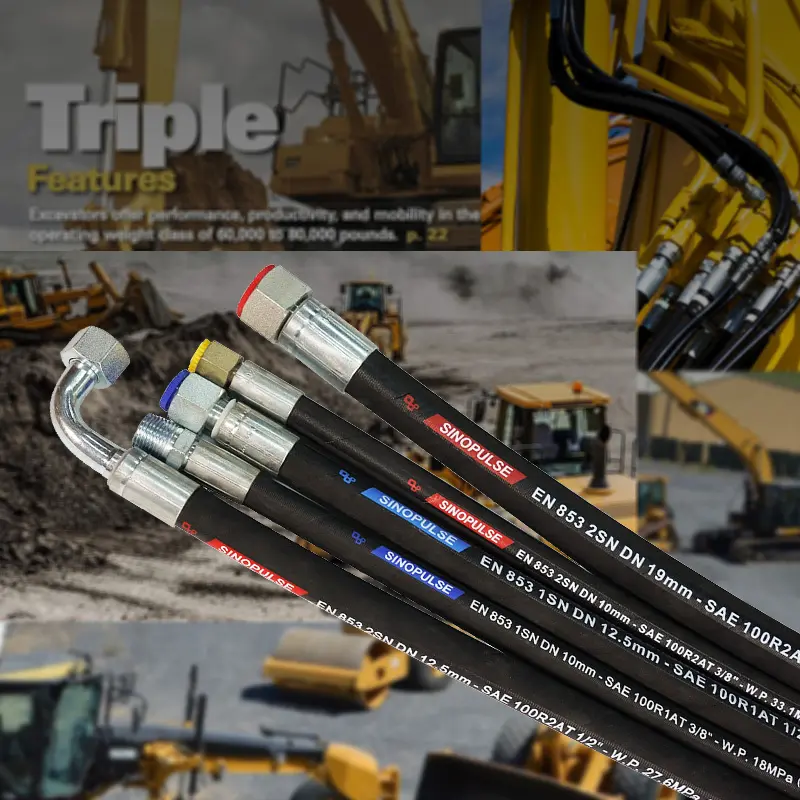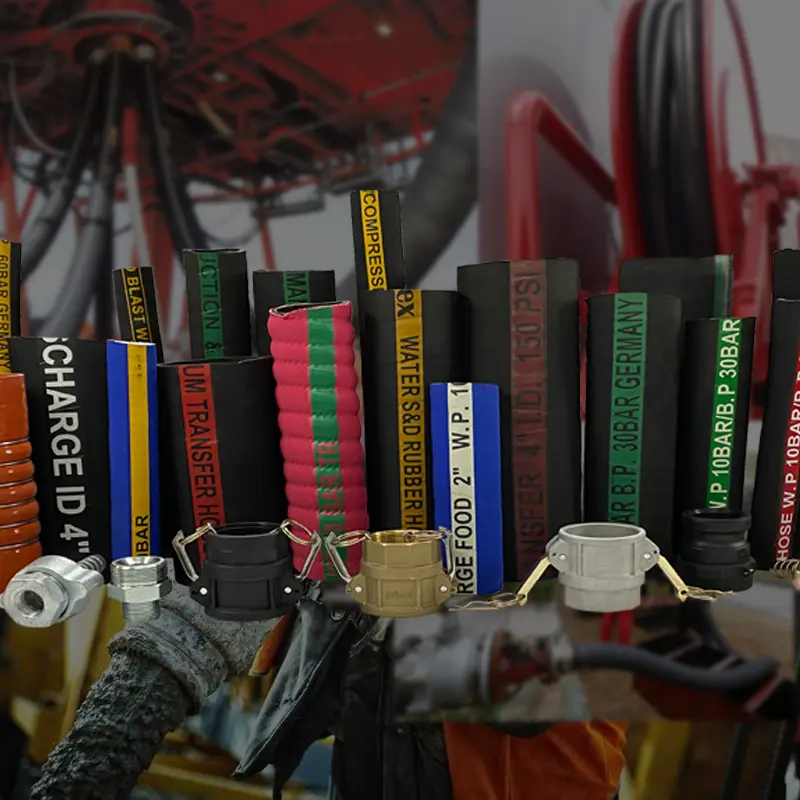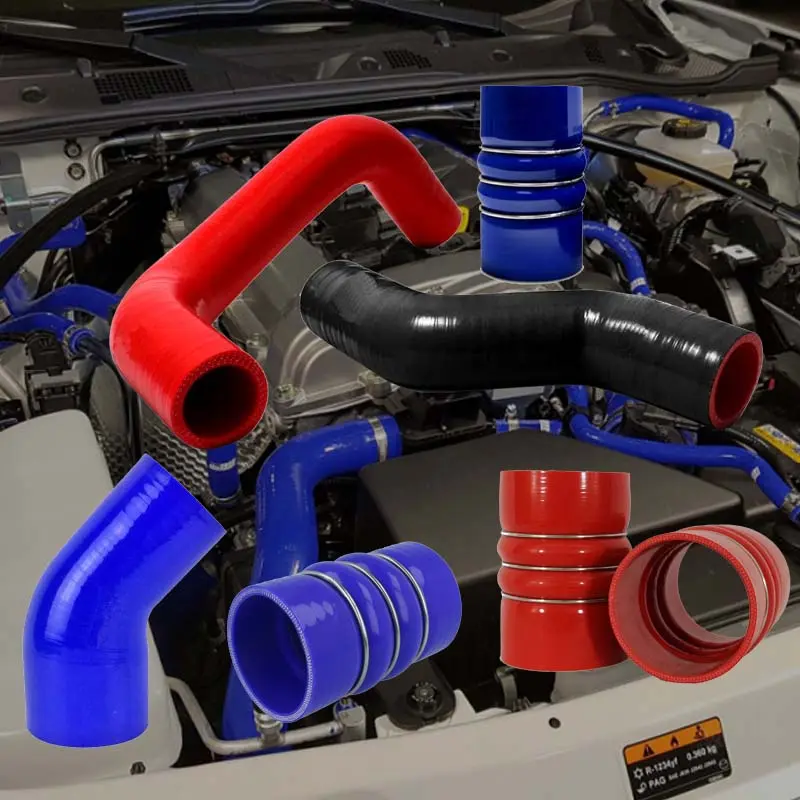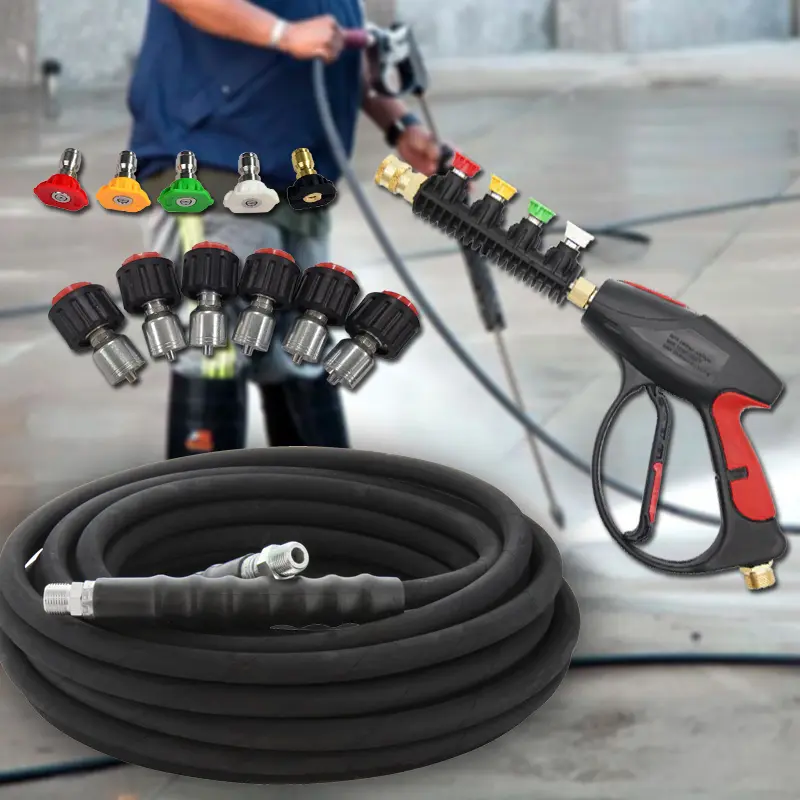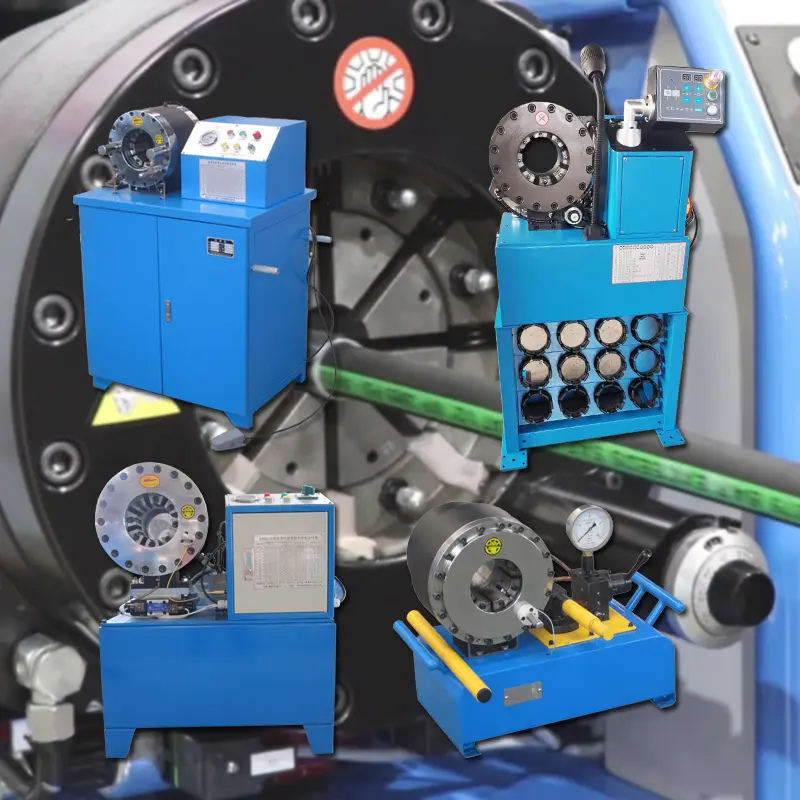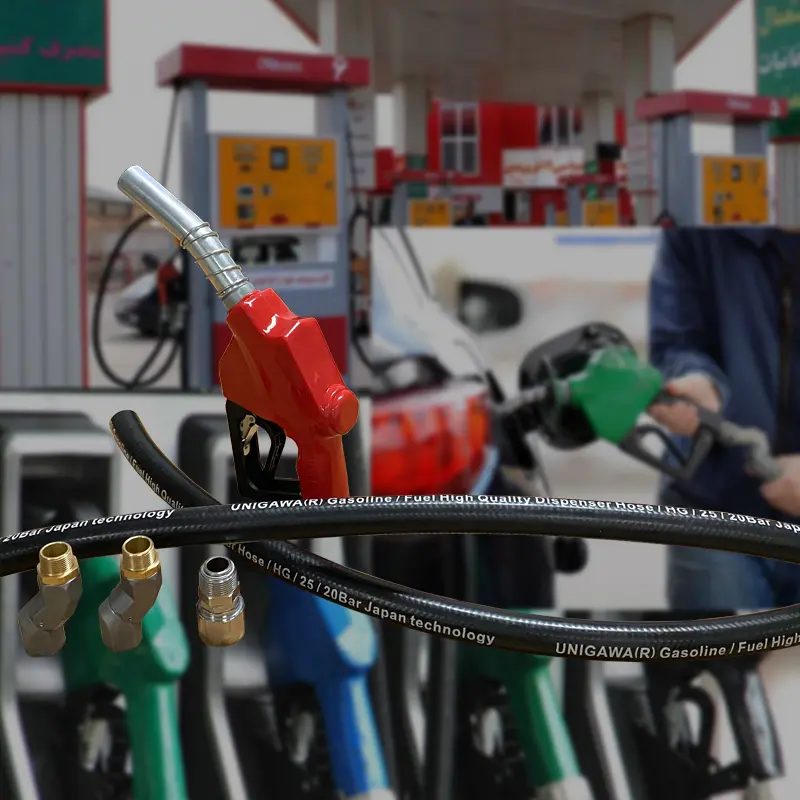In today's industrial landscape, selang hidrolik serve as the critical lifelines of machinery across countless sectors. These flexible connectors play a vital role in transmitting pressurized fluid to power everything from massive construction equipment to precision manufacturing systems. As technology advances, the demand for high-performance selang hidrolik for sale continues to grow among maintenance professionals and equipment operators.
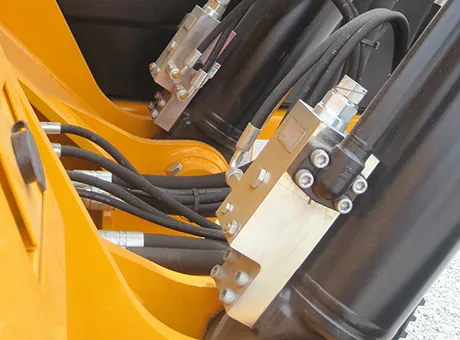
Understanding Hydraulic Hose Construction
Modern selang hidrolik designs incorporate multiple layers of specialized materials to withstand extreme operating conditions. The typical construction includes:
Inner tube: Made of synthetic rubber or thermoplastic resistant to fluid erosion
Reinforcement layer: Steel wire braids or spirals that provide pressure resistance
Outer cover: Abrasion-resistant material protecting against environmental damage
This multi-layer design allows hydraulic hose types to maintain flexibility while handling pressures exceeding 6,000 psi in some applications.
Comprehensive Guide to Hydraulic Hose Types
1. Wire Braided Hydraulic Hoses
Konstruksi: 1-6 layers of high-tensile steel wire
Pressure range: 250 to 5,000 psi
Aplikasi: Medium-pressure hydraulic systems in agriculture and construction
2. Spiral Wire Hydraulic Hoses
Konstruksi: 4-6 spiral wound wire layers
Pressure range: 3,000 to 6,000 psi
Aplikasi: Heavy-duty equipment like excavators and hydraulic presses
3. Thermoplastic Hydraulic Hoses
Konstruksi: Lightweight synthetic materials
Advantages: Excellent chemical resistance and flexibility
Aplikasi: Mobile equipment requiring lightweight solutions
4. PTFE Hydraulic Hoses
Features: Exceptional temperature resistance (-65°F to 450°F)
Aplikasi: High-temperature industrial processes
Selecting the Right Hydraulic Hose Supplier
When searching for a reliable supplier selang hidrolik, consider these critical factors:
Product certification: Look for ISO 9001 certification and SAE/DIN standards compliance
Inventory availability: Ensure quick access to various hydraulic hose types
Customization options: Ability to create hoses with specific fittings and lengths
Technical support: Knowledgeable staff to assist with selection
Delivery capabilities: Timely shipping for urgent replacements
Industry Applications of Hydraulic Hoses
Construction Sector
Excavators and backhoes
Concrete pumps
Crane operations
Agricultural Uses
Tractor hydraulic systems
Combine harvesters
Irrigation systems
Manufacturing Applications
Injection molding machines
Press brakes
Automated production lines
Maintenance and Safety Best Practices
Proper care extends the lifespan of your selang hidrolik for sale purchase:
Regular inspections: Check for cracks, abrasions, or leaks
Proper routing: Avoid sharp bends and contact with hot surfaces
Correct installation: Use proper torque when attaching fittings
Pressure management: Never exceed rated working pressure
Storage conditions: Keep in clean, dry environments when not in use
Emerging Trends in Hydraulic Hose Technology
Ing selang hidrolik industry continues to evolve with:
Smart hoses: Embedded sensors for pressure and temperature monitoring
Eco-friendly materials: Sustainable rubber compounds and recyclable thermoplastics
Improved durability: New composite materials extending service life
Compact designs: Smaller diameters handling higher pressures
Selecting the proper selang hidrolik requires careful consideration of pressure ratings, environmental factors, and application requirements. By partnering with a reputable supplier selang hidrolik and understanding the various hydraulic hose types available, you can ensure optimal performance and safety for your hydraulic systems. Whether you need a standard selang hidrolik for sale or a custom solution, investing in quality components pays dividends in reduced downtime and maintenance costs.
Hydraulic Hose FAQs
1. How often should hydraulic hoses be replaced?
Most manufacturers recommend replacement every 1-5 years depending on usage conditions. Always replace at the first sign of damage.
2. What's the difference between SAE and EN hydraulic hose standards?
SAE (US) and EN (European) standards differ in pressure ratings and testing methods. Ensure your supplier selang hidrolik provides hoses meeting your regional requirements.
3. Can I use any hydraulic hose for petroleum products?
No, specific oil-resistant compounds are required. Always verify fluid compatibility before selection.
4. What causes hydraulic hoses to fail prematurely?
Common causes include improper installation, exceeding pressure ratings, abrasive environments, and chemical incompatibility.
5. How do I determine the correct hose length?
Measure between connection points with the equipment in its most extended position, adding slight slack for movement and vibration.
Aplikasi Produk









